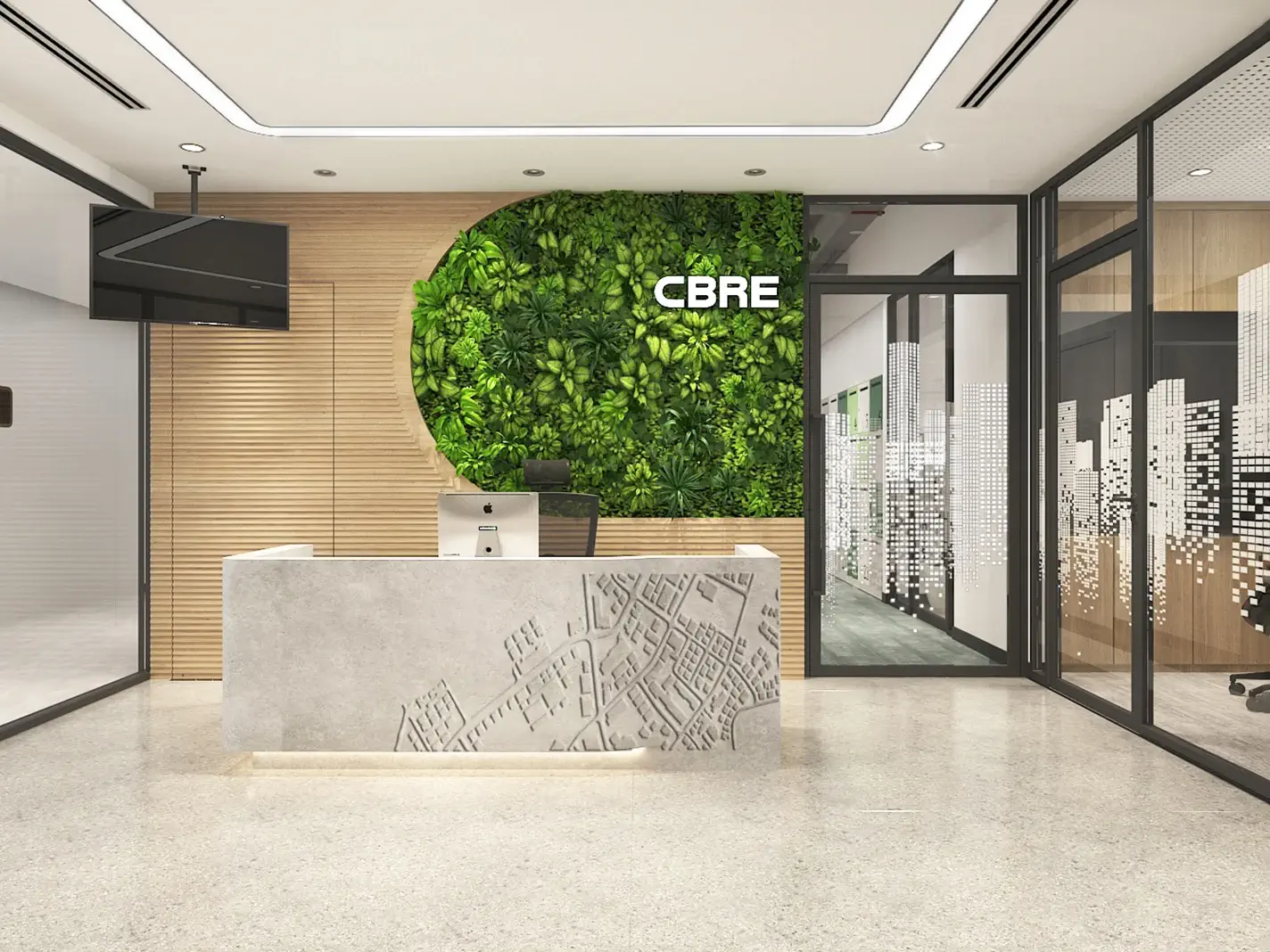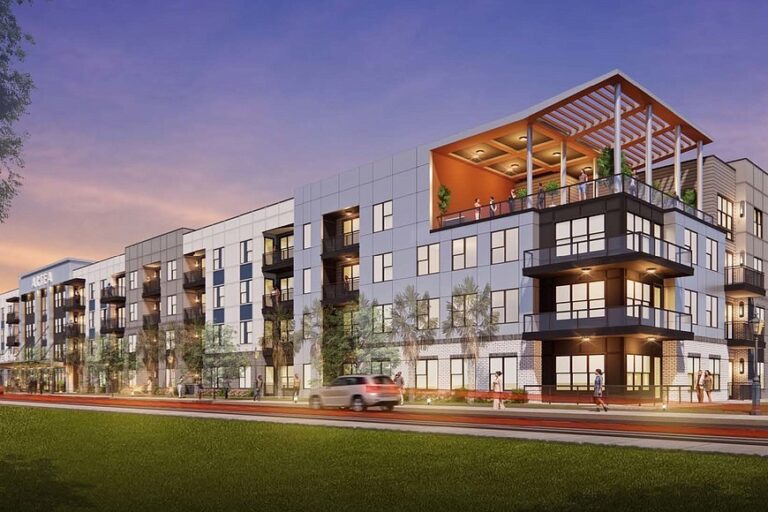Commercial Real Estate Lending The Ultimate 2025 Guide to Smart Property Financing
Commercial real estate lending has become one of the most crucial financial tools for business growth and investment. Whether you’re purchasing an office building, developing an apartment complex, or refinancing a retail center, understanding how commercial real estate lending works can make the difference between success and failure.
In this complete guide, we’ll explore how commercial property loans function, their benefits, how technology has transformed the lending process, and real-world examples of trusted lenders. By the end, you’ll know how to choose the best financing solution for your investment strategy.
What Is Commercial Real Estate Lending?
Commercial real estate (CRE) lending refers to loans specifically designed to finance income-producing properties such as office buildings, shopping centers, multifamily housing, industrial parks, or hotels. Unlike residential mortgages, commercial loans are based on the property’s income potential rather than the borrower’s personal finances.
In 2025, CRE lending continues to be dominated by banks, private lenders, and government-backed programs. According to the Mortgage Bankers Association, U.S. commercial and multifamily mortgage debt surpassed $4.7 trillion by the end of 2024 — reflecting a thriving investment landscape.
How Commercial Real Estate Loans Work
Commercial property loans typically have terms ranging from 5 to 25 years, with amortization schedules longer than the loan term itself. At maturity, borrowers often face a balloon payment or refinance. Interest rates may be fixed or variable, depending on the lender and the borrower’s risk profile.
The most common CRE loans include:
-
Traditional Bank Loans – Long-term financing from banks for stabilized properties.
-
SBA 504/7(a) Loans – Government-backed programs for small business property acquisition.
-
Bridge Loans – Short-term loans used until permanent financing is secured.
-
CMBS Loans – Commercial mortgage-backed securities sold on the secondary market.
-
Private or Hard Money Loans – Fast funding options from private investors for riskier deals.
Benefits of Commercial Real Estate Lending
Commercial real estate loans are not just about access to capital-they are strategic tools that help businesses and investors unlock growth opportunities.
Build Long-Term Business Equity
Owning a commercial property instead of leasing helps businesses build equity over time. A financed property can appreciate in value, generating wealth for the owner while offering stability against rent increases.
Generate Passive Income
Many commercial properties, such as retail or multifamily spaces, produce monthly rental income that exceeds loan payments. With the right financing, investors can leverage borrowed funds to expand cash flow and grow portfolios.
Leverage Tax Advantages
Commercial loan interest payments and property depreciation can be deducted from taxable income, providing major financial advantages. This makes CRE lending an attractive option for high-income investors seeking tax-efficient growth.
Flexible Lending Structures
Modern lenders offer flexible loan products that match a borrower’s cash flow, project type, and market cycle. For example, bridge loans and SBA loans can cover short-term and long-term financing needs in one investment lifecycle.
Technology Transforming Commercial Real Estate Lending
The lending industry has undergone a major technological evolution. In 2025, digital underwriting, AI-powered property valuation, and blockchain-enabled document verification have made commercial real estate lending faster and more transparent.
Digital Loan Portals and Automation
Borrowers can now upload financial documents, track loan progress, and communicate with lenders through secure online portals. Automated underwriting uses AI algorithms to assess risk and approve loans in days rather than weeks.
Data Analytics for Smarter Decisions
Machine learning models analyze market data, rental yields, and property values in real-time, allowing lenders to offer personalized loan terms. Borrowers benefit from accurate property valuations and more competitive interest rates.
Blockchain for Secure Transactions
Blockchain-based platforms ensure contract integrity, enabling tokenized real estate assets and faster loan settlements. This technology reduces fraud and increases trust between borrowers and lenders.
Top Real-World Commercial Real Estate Lenders
Below are five trusted platforms and institutions that dominate the commercial real estate lending space in 2025. Each offers unique financing solutions tailored for different investor needs.
1. LendingTree Commercial Real Estate Loans

LendingTree operates as a marketplace connecting borrowers with multiple commercial lenders. You can compare offers for office buildings, multifamily properties, or retail developments-all in one place.
Details: The platform aggregates offers from banks, private lenders, and credit unions. Borrowers can customize loan size, term, and purpose before selecting a lender.
Use Case: A property developer seeking $2 million to build a new mixed-use project can use LendingTree to compare offers from 4–5 lenders in minutes.
Why It’s Useful: Saves time, encourages transparency, and helps investors find the best rates without visiting multiple banks.
2. CBRE Capital Markets

CBRE is one of the world’s leading commercial real estate service firms. Through its capital markets division, it provides structured lending solutions, bridge loans, and permanent financing for large-scale projects.
Details: CBRE partners with institutional investors and insurance companies to finance high-value commercial properties.
Use Case: A corporation expanding its headquarters uses CBRE to secure a $20 million long-term financing package.
Why It’s Useful: Ideal for large commercial or industrial developments requiring complex, multi-layered financing structures.
3. Wells Fargo Commercial Real Estate

Wells Fargo remains one of the most active commercial real estate lenders in the U.S. It offers construction loans, permanent financing, and real estate investment trust (REIT) funding.
Details: Their CRE lending division supports both small businesses and major developers with customized terms and interest rates.
Use Case: A business owner buying a new warehouse facility secures a loan through Wells Fargo’s small business lending program.
Why It’s Useful: Established reputation, nationwide reach, and strong post-closing support.
4. JPMorgan Chase Commercial Banking

JPMorgan Chase offers commercial mortgage and construction financing for investors, developers, and REITs.
Details: Their loans are available for multifamily, mixed-use, and industrial projects with both fixed and variable rates.
Use Case: A real estate investor seeking $10 million for a multifamily property refinancing can use Chase’s competitive CRE program.
Why It’s Useful: Offers customized lending solutions, long-term stability, and a wide array of refinancing tools.
5. LoopNet Loan Center

LoopNet, known for property listings, also provides a loan center where investors can explore commercial lending options from verified lenders.
Details: It integrates directly with property listings, helping users estimate financing potential before making an offer.
Use Case: An investor browsing properties on LoopNet can instantly check prequalified loan offers based on property type and price.
Why It’s Useful: Simplifies the process of finding both properties and financing in a single ecosystem.
Use Cases: Why Businesses Need Commercial Real Estate Lending
1. Expanding Business Operations
Companies reaching capacity in their current location often use CRE loans to purchase or build new offices. Financing enables them to grow without depleting cash reserves.
2. Investment Diversification
Real estate remains one of the most stable long-term investments. Through commercial loans, investors can acquire multiple assets, spreading risk across sectors like retail, multifamily, and industrial.
3. Redevelopment and Value Addition
Lenders often fund renovation or repositioning projects. For instance, transforming an outdated shopping plaza into a modern mixed-use complex increases both rental income and property valuation.
4. Refinancing for Better Terms
As interest rates fluctuate, refinancing can improve loan terms and free up capital for new investments.
5. Bridge Financing During Transitions
Bridge loans help investors close deals quickly while awaiting permanent financing or property sale proceeds.
How to Apply for a Commercial Real Estate Loan
Applying for a CRE loan involves several key steps:
-
Assess Your Needs: Define property type, loan amount, and investment goals.
-
Gather Financial Documents: Lenders require financial statements, rent rolls, tax returns, and property appraisals.
-
Compare Lenders: Use online marketplaces or brokers to compare offers from multiple sources.
-
Submit an Application: Provide business details, property information, and financial projections.
-
Underwriting & Appraisal: The lender evaluates property income and borrower creditworthiness.
-
Approval & Closing: Once approved, loan funds are disbursed to acquire or refinance the property.
Where to Get a Commercial Real Estate Loan
Borrowers have multiple options for obtaining financing in 2025:
-
Traditional Banks: Reliable for established businesses with strong financials.
-
Online Lending Platforms: Fast approval and competitive rates.
-
Credit Unions: Offer lower fees and flexible terms.
-
Private Lenders: Ideal for quick or high-risk deals.
-
Government Programs: SBA loans for small and medium businesses.
Frequently Asked Questions
Q1. What credit score is needed for commercial real estate lending?
While requirements vary, most lenders prefer business owners with credit scores above 680. However, some private lenders may focus more on property performance than personal credit.
Q2. How long does it take to get approved for a CRE loan?
Traditional bank loans may take 30–60 days, while private and online lenders can approve financing in as little as one week.
Q3. What’s the difference between a commercial and residential loan?
Residential loans are for personal homes and depend heavily on borrower credit, while commercial loans finance income-generating properties and are based on property cash flow.





